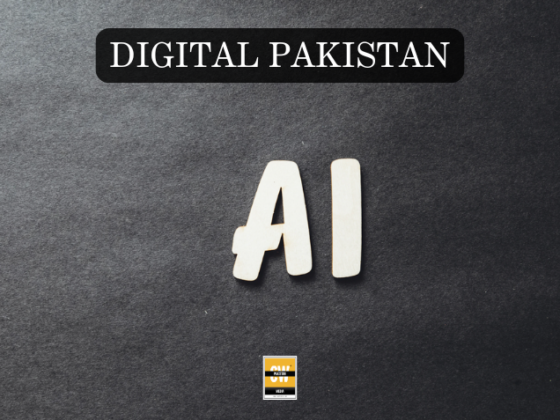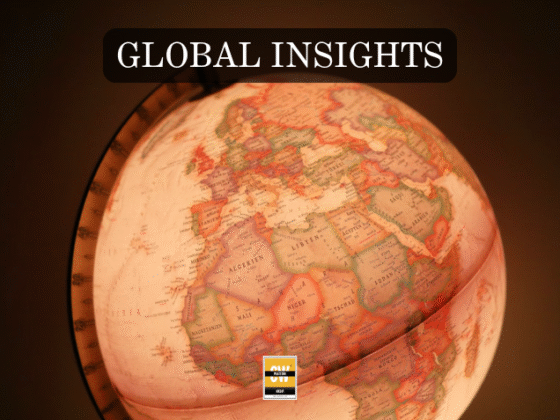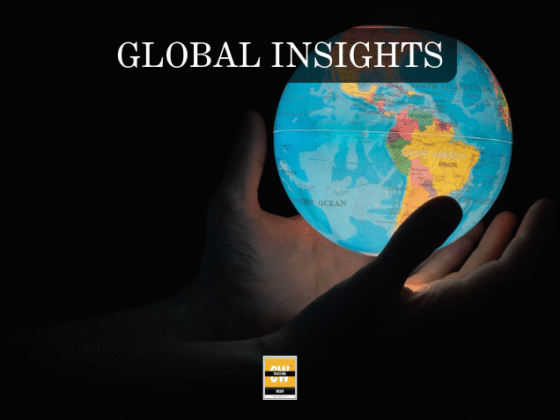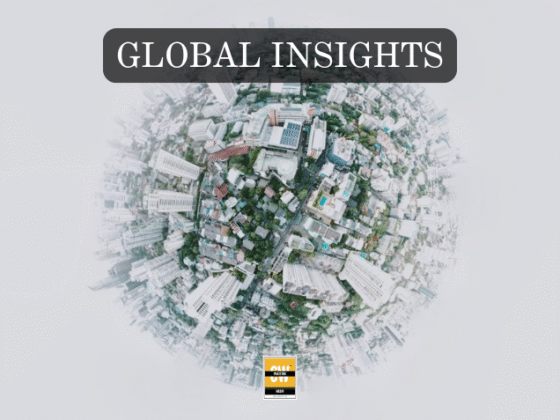The United Arab Emirates is rapidly emerging as a central player in the global Web3 and digital assets landscape, backed by government initiatives, clear regulatory frameworks, and growing investor confidence. Experts note that this shift is being accelerated by institutions such as Abu Dhabi Global Market (ADGM), Dubai’s AI and Web3 Campus, and regulatory bodies including VARA and RAK DAO, all of which are shaping a favorable environment for blockchain and digital asset businesses.
Dubai alone now hosts more than 700 blockchain firms, while the wider UAE ecosystem consists of nearly 1,500 active Web3 organizations. This expansion has been driven by licensing initiatives, infrastructure investment, and strategic funding opportunities. Over the past year, the UAE recorded $34 billion in digital asset inflows, marking a 42 percent year-on-year increase. Adoption levels are rising across the country, with nearly 30 percent of the population engaging in digital assets. Market forecasts indicate that the blockchain sector in the country will expand at a CAGR of 42 percent between 2025 and 2030, reinforcing the UAE’s role as a destination for digital innovation in the MENA region.
Institutional players are increasingly drawn to Abu Dhabi’s ADGM, which was among the first jurisdictions globally to introduce a comprehensive Virtual Assets Framework. Covering issuance, custody, trading, settlement, and fund management, the framework offers a single, unified rulebook for digital asset regulation under the Financial Services Regulatory Authority (FSRA). This clarity has attracted a number of international firms such as Binance, Coinbase, Copper, Zodia Custody, Laser Digital (Nomura), QCP Capital, and HashKey, who have established regulated operations in Abu Dhabi. Industry leaders have emphasized that the framework reduces barriers for fund managers and institutional investors, enabling them to develop compliant structures for stablecoins, tokenised assets, and decentralised finance strategies.
Investment flows are also strengthening, with startups such as TON Foundation and Farcana securing multimillion-dollar backing. Sovereign wealth funds, family offices, and corporates are increasingly integrating tokenisation and stablecoin solutions into their financial activities. RAKBANK recently became the first conventional bank in the UAE to provide retail crypto trading alongside traditional fiat services, signaling a trend that analysts expect other banks in the country to follow. The MENA blockchain market is expected to grow to $40 billion by 2027, with UAE’s dual approach — Dubai’s commercial dynamism and Abu Dhabi’s institutional focus — seen as key factors supporting this momentum.
New regulatory developments continue to drive confidence. In 2024, the UAE introduced the Payment Token Services Regulation, providing guidelines for stablecoins. This was followed in Q2 2025 by the launch of an AED-backed stablecoin, further supporting cross-border trade and corporate treasury management. Analysts highlight that over 90 percent of digital asset inflows in the region are now coming from institutional and professional investors, signaling a shift away from speculative retail participation toward structured institutional adoption.
Global capital markets are also closely watching UAE’s role in Web3 development. Venture capital inflows into crypto and blockchain projects reached $5.4 billion globally in Q1 2025, with UAE identified as a major destination for these investments. Abu Dhabi is positioning itself to host specialized Web3 funds, tokenised real estate projects, and cross-border stablecoin payment platforms in the coming years. With regulatory maturity, government support, and the presence of leading digital asset firms, UAE is steadily consolidating its role as one of the most important hubs for Web3 and digital finance worldwide.
Follow the SPIN IDG WhatsApp Channel for updates across the Smart Pakistan Insights Network covering all of Pakistan’s technology ecosystem.






